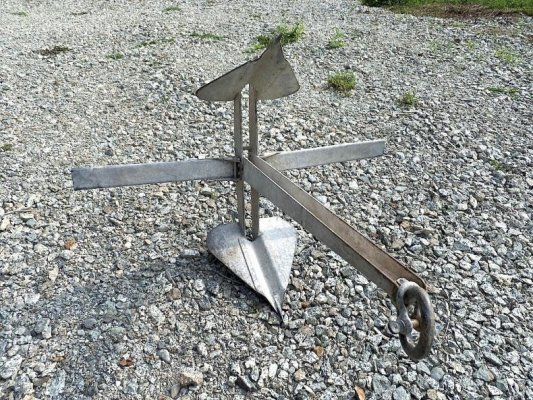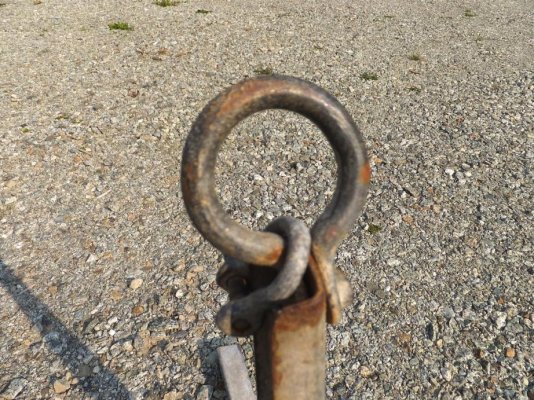How does the hive feel about swivels?
I have always felt they are a weak link, add moving parts not easily inspected and can be of questionable origin and not really necessary.
Don't think I've seen consensus, but I do think there have been a couple (or more) semi-recent swivel threads either here and/or on Cruisers Forum.
My first take-away has been: there are swivels, and then there are swivels. Some brands/models good (or at least acceptable), some not so much... and you (probably) get what you pay for. (Single-directional vs. multi-directional articulation, jaw design, clamping mechanisms, metal alloy, etc., all in play.)
Second is about actual implementation. Attachment method to anchor shank and to chain important, especially to reduce/mitigate side-loading.
Third is that I'd likely not use one if our anchor would always present itself properly to the roller upon retrieval... but that'd mostly just be about avoiding the expense, not an indictment of swivels
per se.
As with most things boat, I can't bring myself to consider any one/single ground tackle component without seeing all of them (rode, anchor, shackles and so forth) -- plus environmental factors like holding ground, setting technique, weather, etc -- in system together.
-Chris



